You have already learned about the line drawing tools such as
line,
curve,
freeform,
and scribble. With these line tools,
you can draw almost anything in PowerPoint that you normally would draw in a high-end illustration program. In this tutorial,
let us explore how to draw a parabola in PowerPoint 2011 for Mac using the
Curve drawing tool.
First of all, what is a parabola? Technically, it is a conic section, but to make it easier for you, we'll ask you to visualize the
McDonald's logo with just one conic section rather than two. You can see the representation of a parabola in Figure 1.
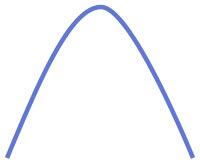
Figure 1: A parabola
To draw a parabola in PowerPoint 2011 in Mac, follow these steps:
- Launch PowerPoint. You will see the
Presentation Gallery which allows you to
set all attributes of your new presentation, such as a preset Theme or template. Make selections or just click Cancel in this gallery to open a blank presentation with a new slide. PowerPoint 2011 users can
change the slide layout of this slide to
Blank by selecting the Layout | Blank option within the Home tab of the
Ribbon.
- Thereafter, select the View | Guides menu option to bring up the sub-menu that you see in
Figure 2. In this sub-menu, select the Static Guides option.

Figure 2: Static Guides option selected- This will make the default guides visible on the slide, as shown in Figure 3. These default guides
(one horizontal and one vertical guide) work fine to help you in drawing a parabola.

Figure 3: Guides showing on the slide- Note that if you click anywhere near a guide, it will get selected. Since we do not want to alter any of the guides, we
will create our own horizontal plane first. To do that you should
draw a straight line, parallel to the horizontal guide
as shown in Figure 4. To make sure that the line is straight, hold down the Shift key while drawing.
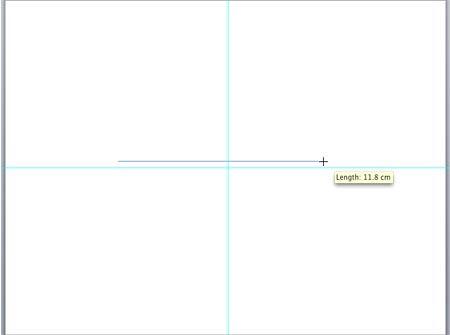
Figure 4: Line parallel to the horizontal guide- Within the Home tab of the
Ribbon, click the Shape button to open the
Shape gallery that you can see in
Figure 5. In this gallery, select the Lines and Connectors category, and select the
Curve shape (refer to Figure 5 again).
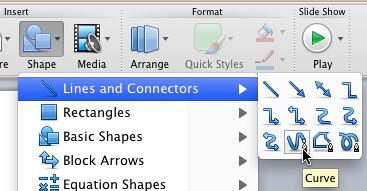
Figure 5: Curve shape selected- To establish the starting point of the parabola, place the cursor, which now has changed to a crosshair cursor
(highlighted in red with Figure 6) somewhere on the position of the horizontal line and
click, as shown in Figure 6.
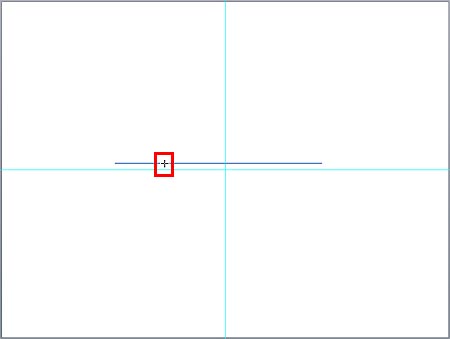
Figure 6: Starting point for the parabola established- Now move the cursor towards the top-right direction until you encounter the vertical guide, as shown in
Figure 7. Now, click on the vertical guide to establish the top point of your parabola.

Figure 7: Click on the vertical guide to establish the top point of your parabola- Now move the cursor towards the bottom-right of the top point you created and place the cursor on the horizontal line,
as shown in Figure 8. So that the starting and the ending points of your parabola are on the same horizontal line.
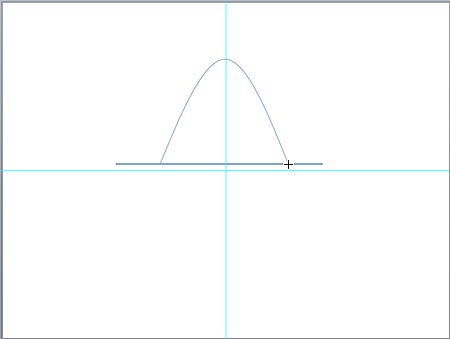
Figure 8: Cursor placed on the horizontal line to establish the endpoint of a parabola- At the endpoint, double click to finish the drawing. You'll know your double-click worked if your parabola shows up with
selection handles, as shown in Figure 9.
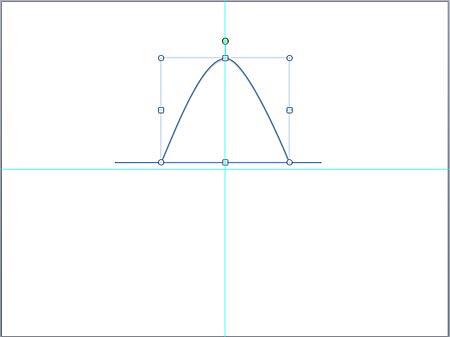
Figure 9: Completed parabola- Now, carefully select only the line
(not parabola) that you have used as the base for drawing the parabola, and delete it. To fine-tune the parabola itself,
select it, and carefully right-click
(or Ctrl + click) to bring up the contextual menu that you see in Figure 9. From this contextual
menu, choose the Edit Points option.

Figure 10: Edit Points option selected - Now, you can play with vertexes (points), handles, etc. Learn more in our
Edit Points for Shapes in PowerPoint 2011
tutorial.
- You can also change the
line thickness
of your parabola, or change its line color, as
required. Use any of the fills and effects available to enhance its look.
- Save your presentation often.











